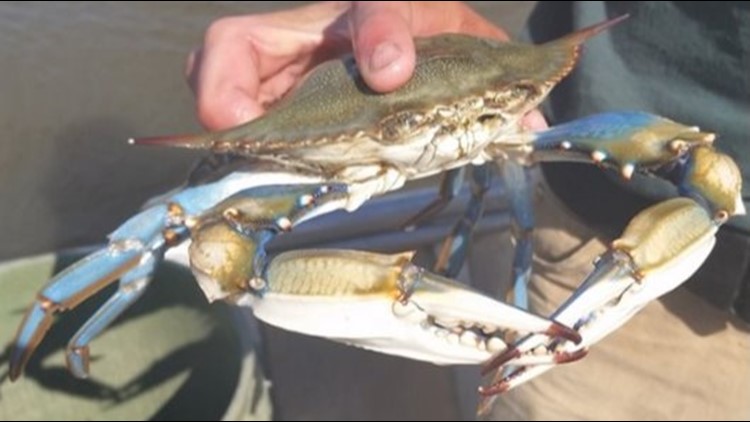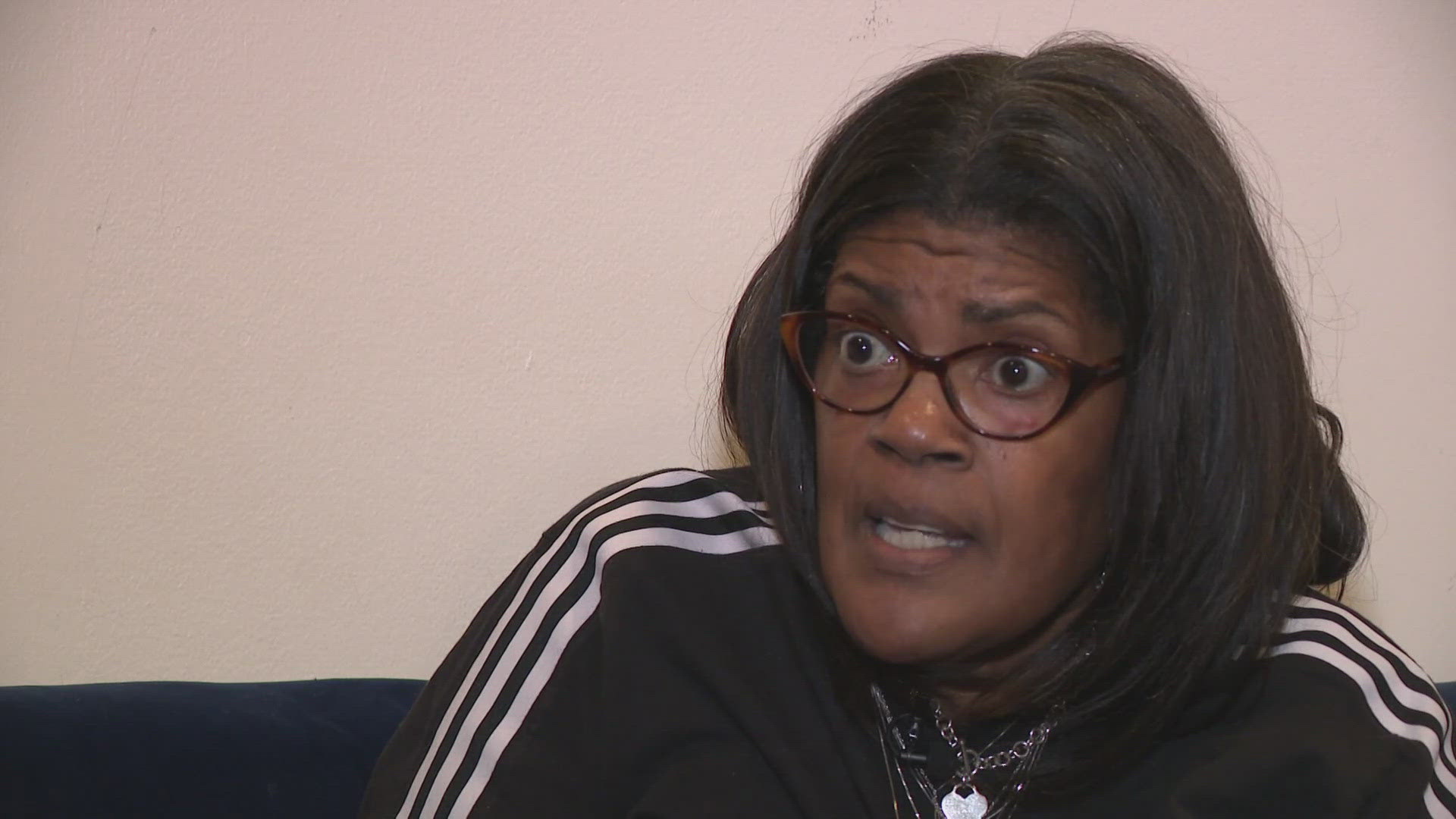Blue Crab caught from the Chesapeake Bay, is a point of pride in D.C. area.
After a big Virginia crab supplier came under federal prosecution for swapping Chesapeake Blue Crab meat with a cheaper substitute in January, and a flesh-eating bacteria called Vibrio infected crab imports from Venezuela, people have been casting doubt on the local seafood industry.
There's no need to banish the Chesapeake's beloved crustaceans. There are a few ways to verify if the crab that ends up on your plate is authentic Maryland Blue Crab.

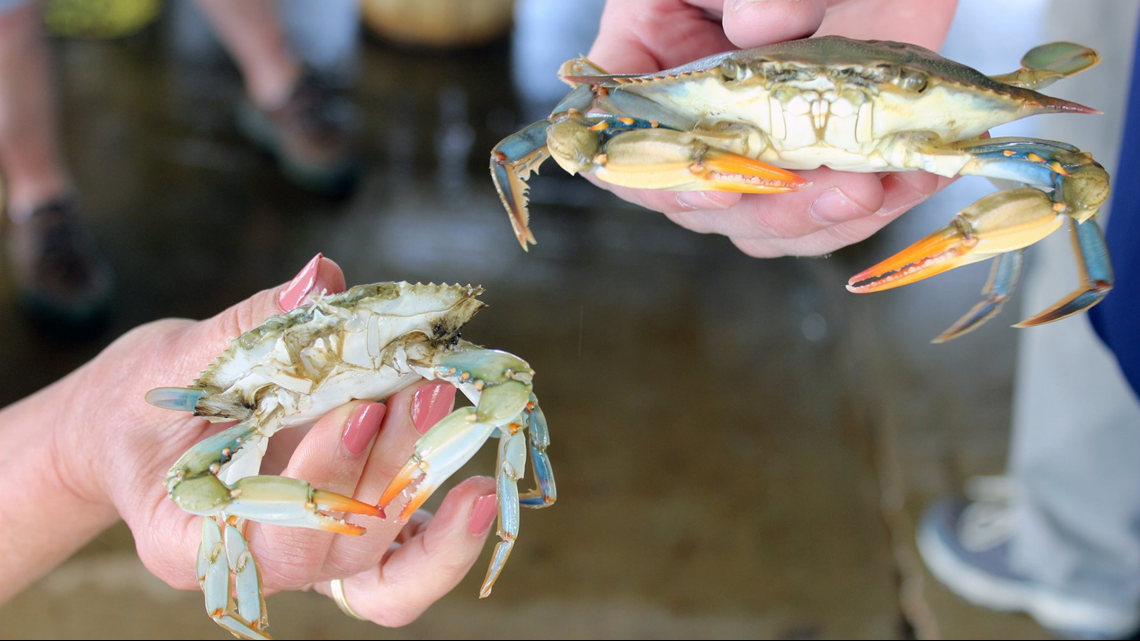
First, Maryland's Department of Agriculture has a marketing program that helps guide customers on where to eat local grub. "The True Blue" logo is a Blue Crab sticker restaurants display on their menus and online.
"The folks we work with are very happy to be in the program and are proud of Maryland seafood," Karen Kirksey, a Maryland Seafood Marketing Specialist with the agency said.

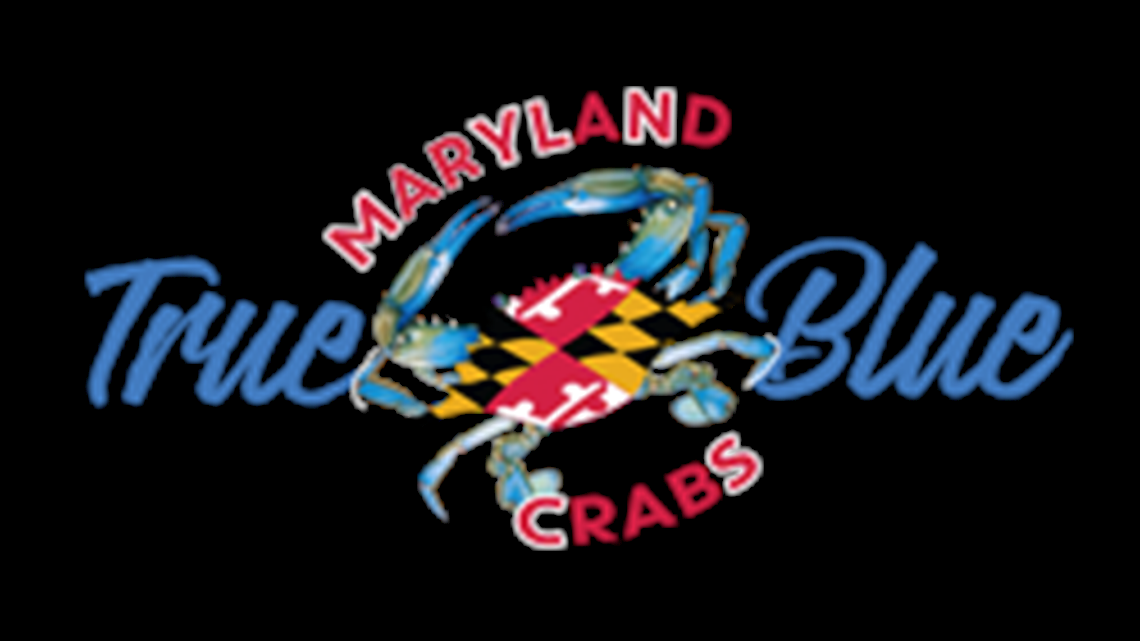
Maryland's Department of Agriculture isn't able to keep people from cheating the system. To get a 'True Blue' logo, a restaurant must show four receipts of crabs bought from local suppliers and promise that at least 75 percent of their products are harvested and/or processed in the state of Maryland.
While the agency can ask restaurants for receipts at any time, the program doesn't stop them from buying overseas.
"We're not an enforcement agency, we're a marketing service," Kirksey said. "We'll ask folks to send in their receipts and we'll check but it really is an honor's system.
Kim Warner, a senior scientist at Oceana, an ocean conservation non-profit, explained honor systems are flawed.

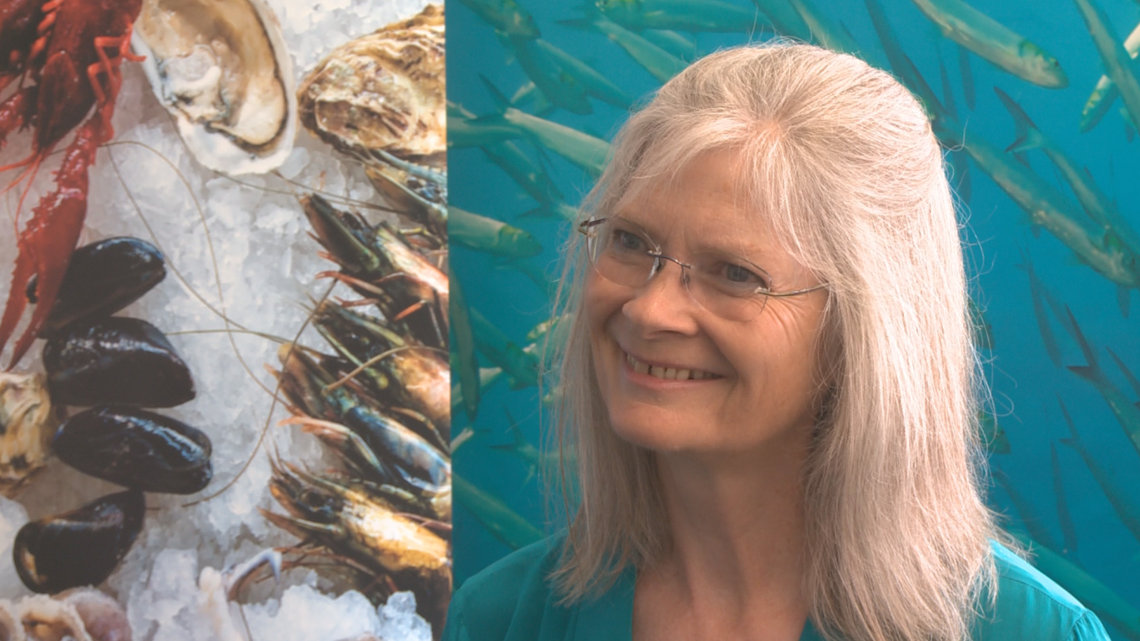
Warner surveyed restaurants in Washington, D.C. and Maryland that purported to sell Maryland Blue Crab cakes. She took DNA samples from 90 crab cakes and found some caked contained multiple crab species, other contained crabs the FDA bans from interstate commerce.
"Thirty-eight percent of everything we tested from around Washington, D.C. and Maryland was mislabeled but it varied according to where we tested crab cakes," Warner said. "So right on the Eastern Shore of Maryland, where the Blue Crab is fished and often processed, we found quite low mislabeling rates of nine percent...but as you got closer to the larger cities, like Baltimore, mislabeled rates changed quite a bit."

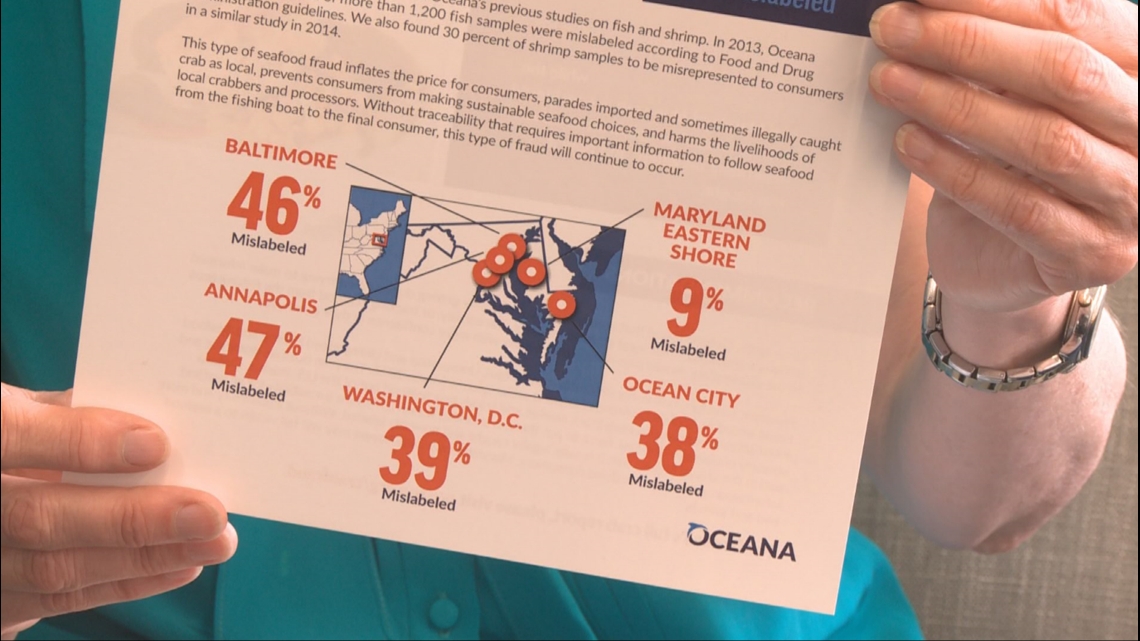
The 2015 report revealed 46 percent of crab meat tested in Baltimore was mislabeled, 47 percent in Annapolis, 39 percent in the District, 38 percent in Ocean City and nine percent on the Eastern Shore.
"If you want to make informed choices about your seafood you need to know what species it is, where it's caught and how it's labeled," Warner said.
Seafood mislabeling carries a financial toll too. Maryland Blue Crab products are often the most expensive dishes on the menu.
Greg Casten, the owner of seafood supplier Profish and two crab joints in D.C., said the best way customers can verify crab meat for themselves is to ask.
One of Casten's restaurants sells exclusively Maryland Blue Crab the other sells crab meat from Indonesia, China and Venezuela.
If you still have doubts, ask for the label, which must have the country of origin and where the meat was processed, Casten explained.
Profish has a DNA testing kit on-site, but Casten said they don't usually have to test their crabs because he trusts his pickers of over 30 years.
Best advice: follow 'True Blue,' pick a place you like and ask for the label if you want quality assurance.


